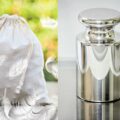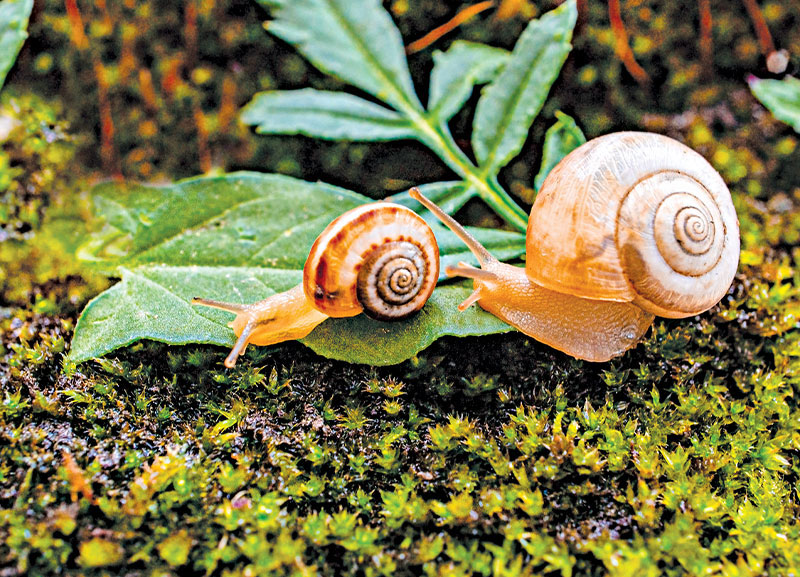
Garden snails—we see them all the time in our gardens and backyards and inside flowerpots. They are light grey in colour with moist skin. They have a coin-sized hard shell that is usually in different shades of brown with darker stripes. Their body is fragile and is protected by the shell and a fluid inside it. Garden snails have a long lifespan.
Creating Snail Habitats
One morning as I was watering my plants, I found a garden snail in my flowerpot. The snail must have come with the soil I had got from a gardener a few weeks ago. I quickly picked the snail out and decided to make a better home for it.
I chose a big empty fish tank to make the snail a habitat. At the base, I placed small pebbles for drainage. Then I moistened some soil and half-filled the tank. To make it more natural, I got some moss from my garden and also shifted my taro plants inside the terrarium. Snails usually enjoy dark, damp and moist places underneath rocks, in between gaps or cracks and sometimes even under the soil. So, I placed some rocks, logs and a half-broken ceramic pot. I tried to make the terrarium as close as possible to the snail’s natural habitat.
I made a feeding corner out of an old mud plate in which I kept peels of carrot and cucumber and fresh leaves of coriander and cabbage every day. I named the snail Ice.
My snail loved hiding inside the pot during the daytime and sitting on the leaves of the plants at night. It loved crawling onto rocks and lazing in the moss area. Sometimes my snail enjoyed eating the moss too. I sprinkled the soil with water every day so that the place remained humid.
I was surprised to read that snails can have up to 14,000 teeth! Their teeth are arranged on their tongue, which they use for eating crunchy leaves and vegetables. And no, they can’t bite. I loved watching my snail eat. While eating, the tiny creature would stretch its neck out long, much longer than usual, so that it could reach the food.
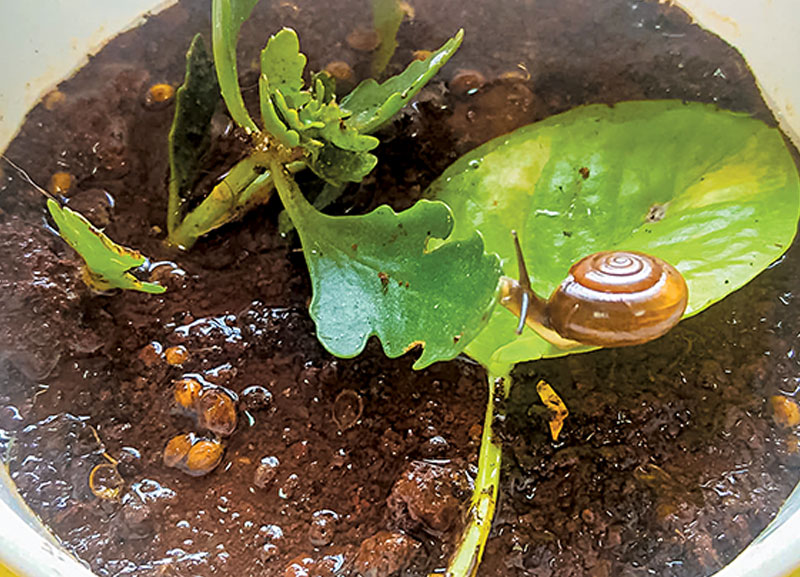
When Ice Met Cream
A month later, a cyclone hit my city. I had gone down to the building compound with my parents to feed a few stray cats. It was raining heavily. As I was running back home, I saw a snail getting washed away by the strong water flow. Since garden snails breathe oxygen and cannot breathe under water, I was worried that it may already be dead.
I had read that snails like to have their shells rubbed. They also like to be rubbed around the head and neck. So I picked the snail up and gave its shell a gentle rub. Pop! After a few rubs, a tiny head popped out. I was delighted! I got the snail home and named it Cream.
Ice and Cream became friends instantly, though Cream was younger than Ice. I could tell that by the rings on their shell. Young snails have lesser rings and as they get older, they add more shell rings. For many days, Ice and Cream lived happily in the terrarium.
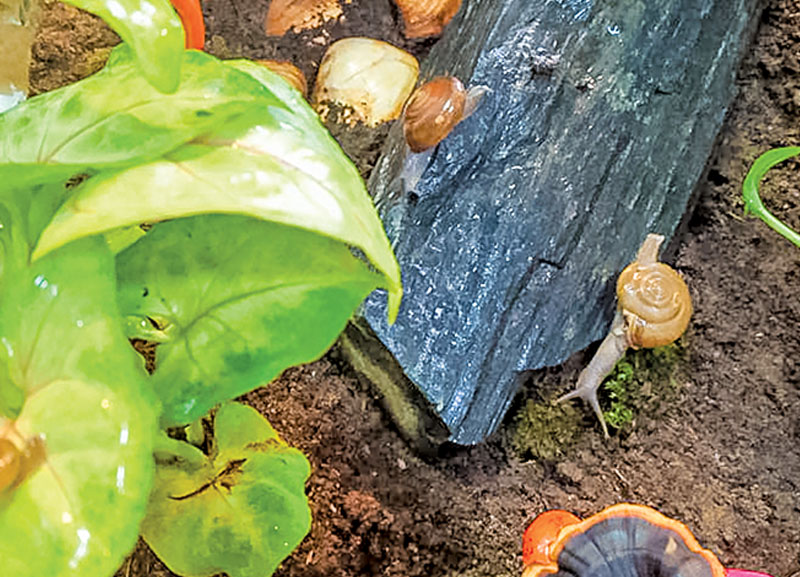
Baby Snails
A few weeks later, a surprise awaited me. I was misting down my terrarium when I found a few baby snails inside the ceramic pot. First, I thought they must have come from the garden soil. But through the day, I kept finding more and more and more babies. That’s when I realised that one of the snails had laid eggs under the soil of the ceramic pot.
Baby snails!!! I yelled with happiness. I was so surprised. I was not expecting this. The baby snails were extremely tiny. They were even smaller than my nail! Baby snails make their shell through a process called bio-mineralisation. Calcium is important for this process. So I also added crushed eggshells into the terrarium soil for them to feed on.
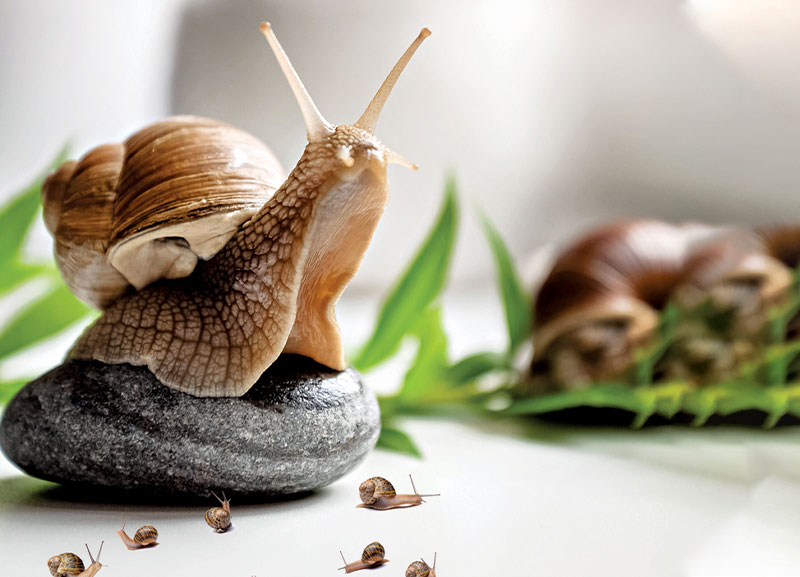
Snails lay a large number of eggs. Within a few days, I had so many babies that I could not even count them. I decided to send them back to where they belong—into the wild. After a month of observing them, when the babies were a bit grown up, I found a moist spot in my building garden and kept them there. Now every time I see a snail in my building compound, I know they could be the babies of Ice-Cream.
REFLECTION: Snail Structure
List any 5 physical features of garden snails.















